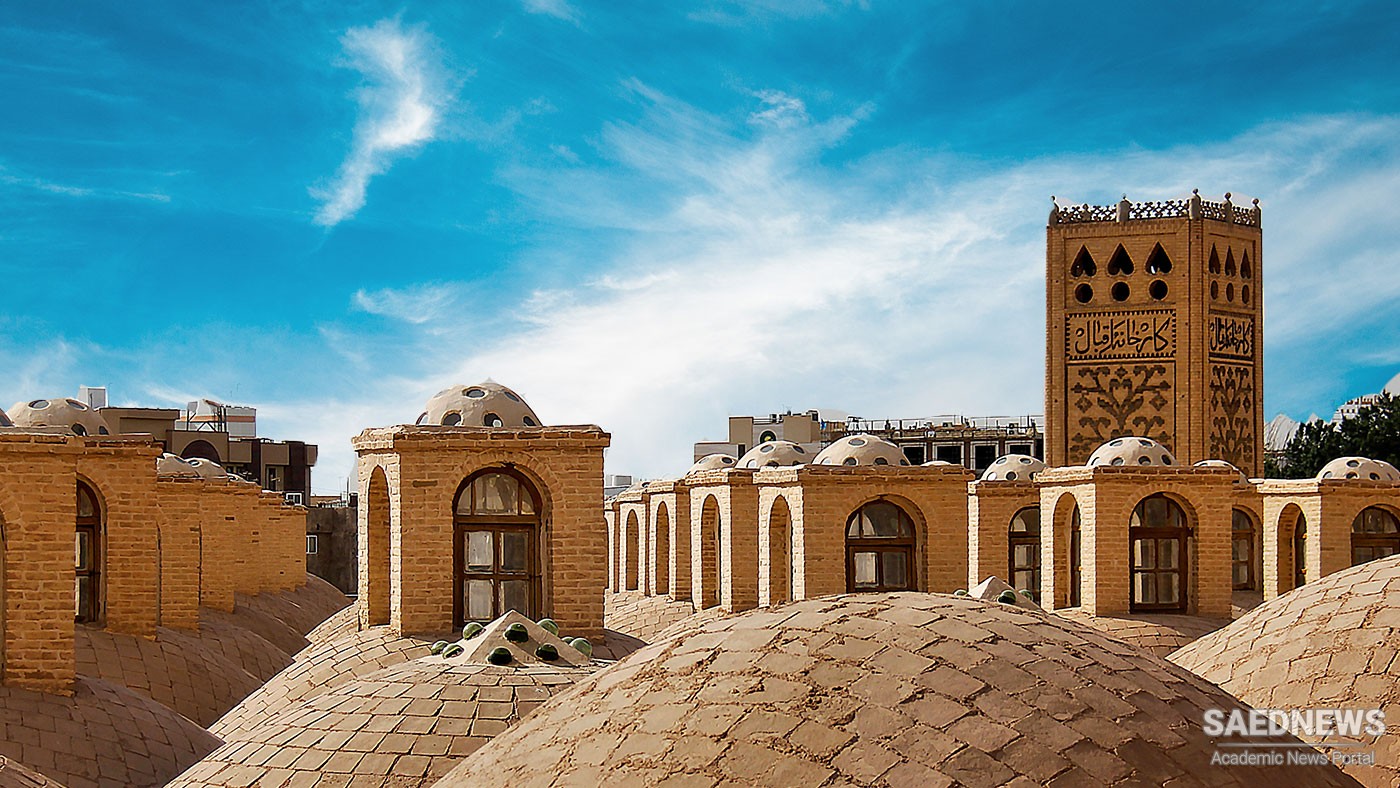In one of the rivayats sent to India, a certain Behdin Kavus Yazdi, asserted that he was a tradesman and travelled very often for his business.561 Tavernier affirms that the Zoroastrians controlled the production of the best wool in Kirman. He was in a good position to judge as he was involved in the wool trade himself. He also informs us that a wealthy Zoroastrian had a fire temple constructed at his own cost at Kirman in 1644. These facts demonstrate the better condition of Zoroastrians in Kirman. Tavernier estimated the Zoroastrian population of the town to be about 10,000 in 1654, seemingly the largest in Iran.562 As remarked by E. G. Browne, the population of Kirman were more tolerant than that of Yazd.563 This factor could explain the Zoroastrians’ relative prosperity in this town.
We do not hear about mass conversions in Yazd and Kirman as in Isfahan. Therefore, generalisations about the precarious situation of Zoroastrians in Iran should be read with caution, 564 as in each of the three towns mentioned above their situation was different. Moreover, even in Isfahan, where their condition was not enviable until the reign of Shah Abbas II (1642-1666), they were usually left in peace. With the advent of Sultan Husayn (1694-1722) the socio-religious situation changed and the Zoroastrians were forced to become Muslim, but their conversion still appears to have been nominal, as Le Bruyn (1707) could still distinguish them from the rest of the population, and adds that they were still living in extreme poverty.
Due to their social condition, the Zoroastrians of Isfahan were most probably the least culturally active of all the Zoroastrian communities of Iran. Most evidence from the Safavid period shows that the main centres of Zoroastrian religion and culture were located at Yazd and Kirman.


 The Social Struggles of Zoroastrians in Persia
The Social Struggles of Zoroastrians in Persia














































